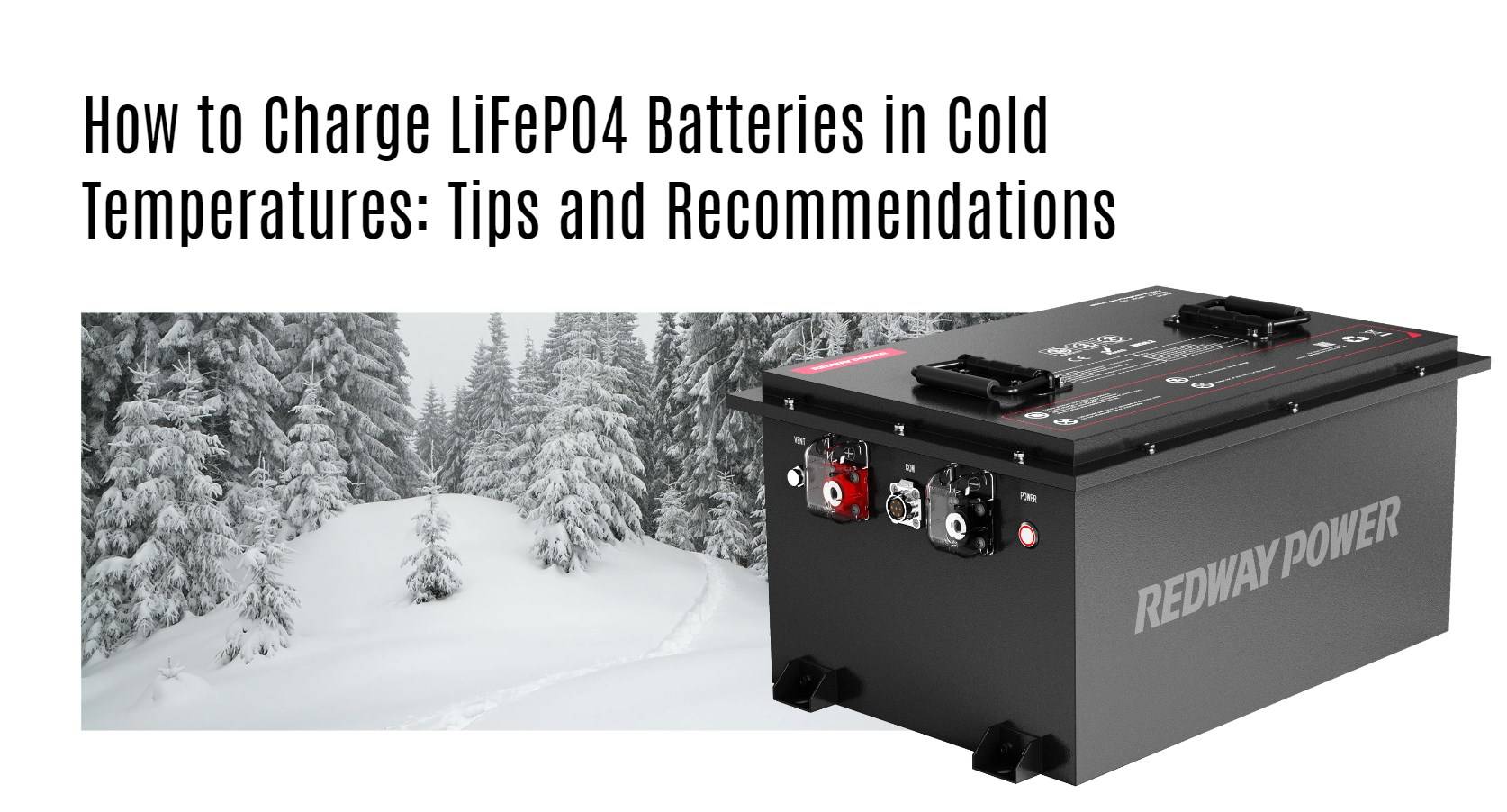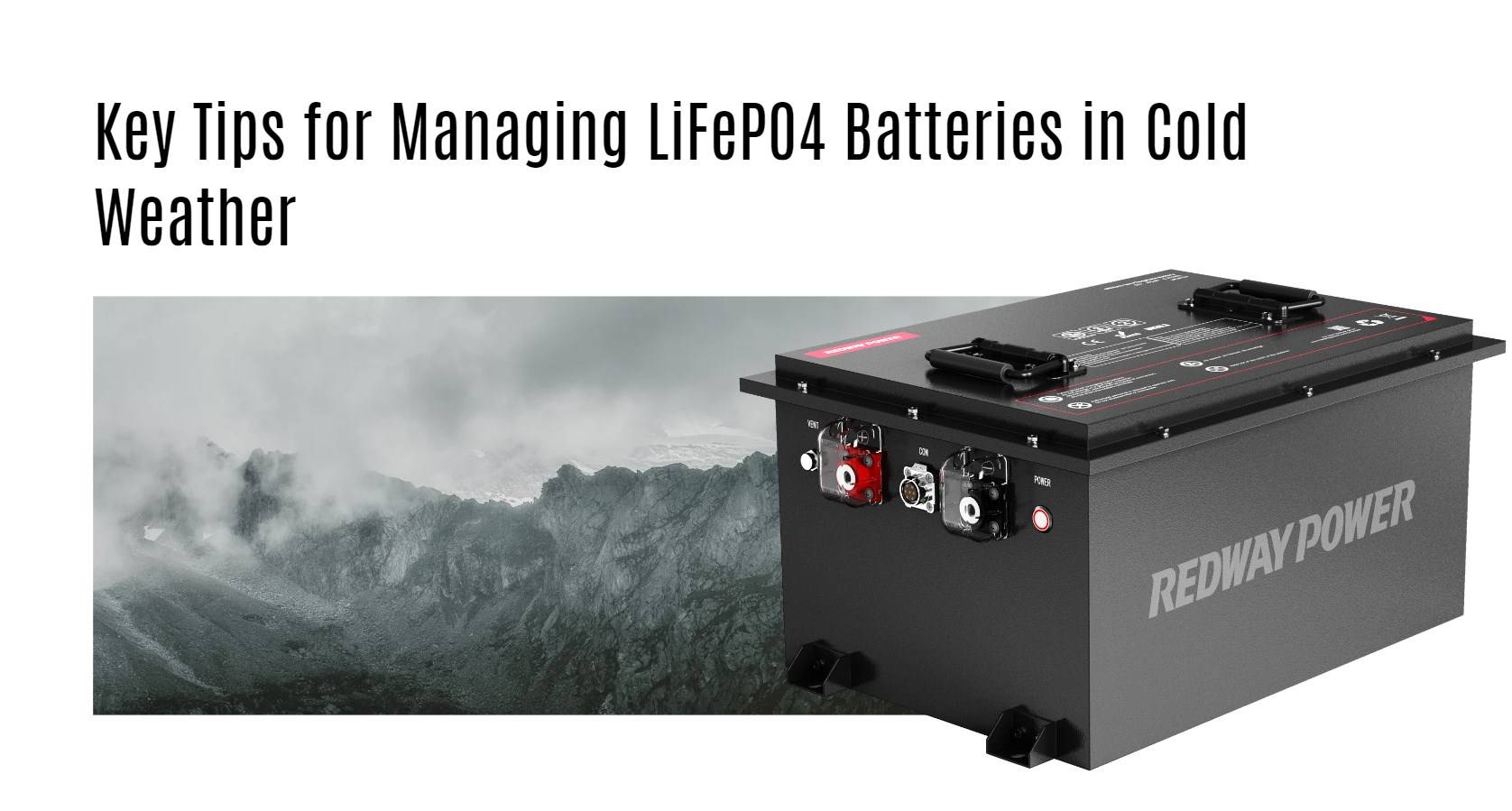Lithium Iron Phosphate (LiFePO4) batteries have revolutionized the energy storage market with their superior performance, safety, and longevity. However, like all batteries, their performance can be affected by cold temperatures. In this detailed guide, we will explore how LiFePO4 batteries perform in cold conditions, offer practical tips for maintaining their efficiency, and compare their performance to traditional lead-acid batteries.
Understanding LiFePO4 Batteries in Cold Temperatures
Performance Characteristics
LiFePO4 batteries are known for their high energy density, stability, and long cycle life. In cold temperatures, these batteries outperform lead-acid batteries due to their better capacity retention and voltage stability. However, cold weather can still impact their overall performance. The electrochemical reactions within the battery slow down, reducing the available capacity and efficiency.
Impact of Cold on Charging and Discharging
When charging LiFePO4 batteries below 0°C (32°F), it is crucial to reduce the charge current to 0.1C. If the temperature drops below -10°C (14°F), the charge current should be further reduced to 0.05C. Failure to adhere to these guidelines can cause irreversible damage to the battery. Discharging at low temperatures also requires attention, as the internal resistance of the battery increases, leading to reduced performance.
Key Tips for Managing LiFePO4 Batteries in Cold Weather
Charging Protocols
- Reduced Charge Current: Always reduce the charge current to 0.1C below 0°C (32°F) and to 0.05C below -10°C (14°F). This prevents damage and prolongs battery life.
- Use Specialized Batteries: Consider using batteries designed for cold weather, such as RELiON’s LT Series. These batteries have built-in heating elements that use charge current to heat the battery to a safe temperature before charging begins.
- Temperature Monitoring: Utilize battery management systems (BMS) that include temperature sensors to monitor and adjust charging protocols automatically.
Storage and Usage Tips
- Insulation: Insulate batteries to maintain a more stable internal temperature, especially if they are stored in environments prone to extreme cold.
- Regular Maintenance: Periodically check and maintain batteries to ensure they are in optimal condition. This includes checking connections and ensuring that the insulation is intact.
- Avoid Deep Discharge: In cold temperatures, avoid deep discharging as it can strain the battery more than in moderate temperatures.
Comparative Performance: LiFePO4 vs. Lead-Acid Batteries
Capacity and Voltage Retention
LiFePO4 batteries maintain a higher capacity and more stable voltage in cold conditions compared to lead-acid batteries. Lead-acid batteries experience a significant drop in capacity as temperatures fall, which can severely impact their performance in cold climates.
Longevity and Durability
The cycle life of LiFePO4 batteries is considerably longer than that of lead-acid batteries, even in cold temperatures. Lead-acid batteries are more prone to sulfation and other degradation processes that are accelerated by temperature fluctuations, whereas LiFePO4 batteries are more resilient.
Conclusion
LiFePO4 batteries offer superior performance and reliability, even in cold temperatures. By following proper charging protocols, using specialized batteries like RELiON’s LT Series, and employing effective maintenance practices, these batteries can provide dependable power in a wide range of environments. Their advantages over lead-acid batteries make them an excellent choice for applications where cold weather performance is critical.
For more information on LiFePO4 batteries and best practices for their use, continue to explore our comprehensive guides and resources.




